Report: ‘North Darfur capital being reduced to rubble’
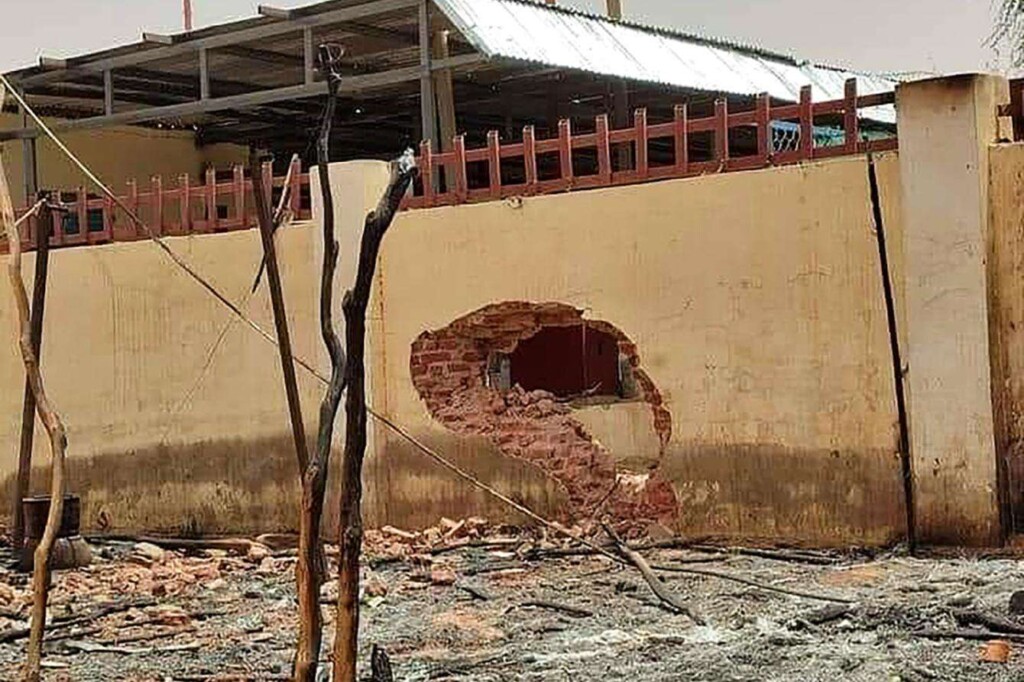
Shell damage to a hospital in El Fasher in May (Photo: MSF)
Widespread aerial and artillery bombardment across the North Darfur capital of El Fasher has reached an “unprecedented large scale”, so that current levels of high-tempo combat activity are likely to effectively reduce what is left of the city to rubble, according to a new report published on Friday by the Yale School of Public Health’s Humanitarian Research Lab (HRL).
Utilising data fusion methodologies of open source and public and commercially available remote sensing data, Yale HRL say that they produced their report, which also cites Radio Dabanga, “through the cross-corroboration of open source and remote sensing data, including satellite imagery and thermal sensor data.”
The report confirms unprecedented large scale combat operations by the Sudanese Armed Forces (SAF) and aligned forces and Rapid Support Forces (RSF) in El Fasher, North Darfur, within past 10 days with significant escalation in 36 hours prior to the report being published. As reported separately by Radio Dabanga today, six army soldiers were killed and others were injured by ‘friendly fire’ during airstrike on the garrison of the Sixth Infantry Division in the city, yesterday.
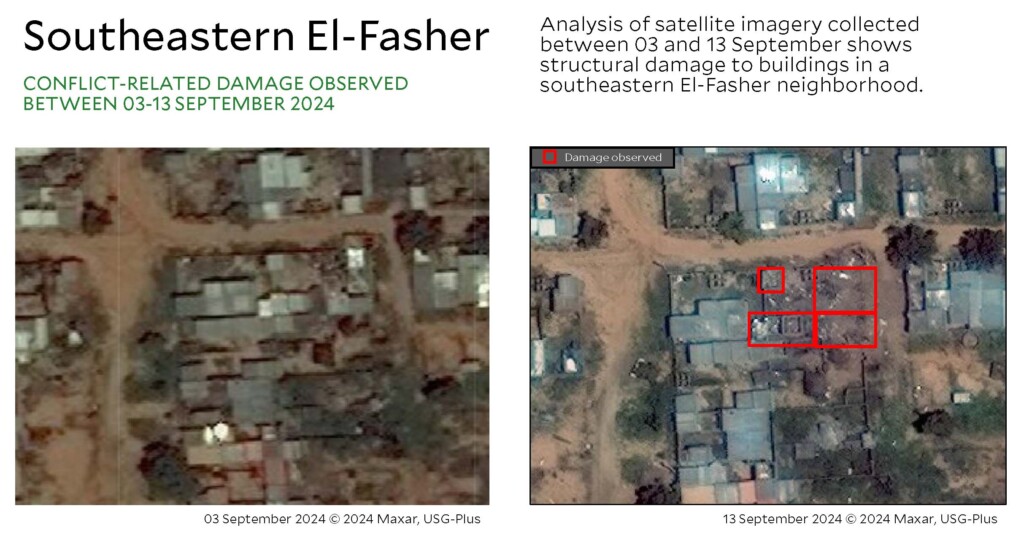
“At least 118 munition impacts likely related to high tempo aerial bombardment by SAF are observed in satellite imagery in eastern and southern El Fasher between 03 and 13 September 2024,” the Yale report confirms, while “at least 50 instances of structural damage, the result of both SAF artillery bombardment, RSF bombardment and other combat activity by both sides, are observed in satellite imagery in eastern and southern El Fasher during the same period.”
It explains that these findings corroborate open source reports that SAF airstrikes targeted RSF positions in the east of the city on 12 September 2024. Video obtained by Yale HRL also depicts at least one SAF helicopter gunship consistent with a Ka-52 (Alligator) engaged in combat operations reportedly in El Fasher. “The bombardment primarily took place in areas where RSF is known to be present.”
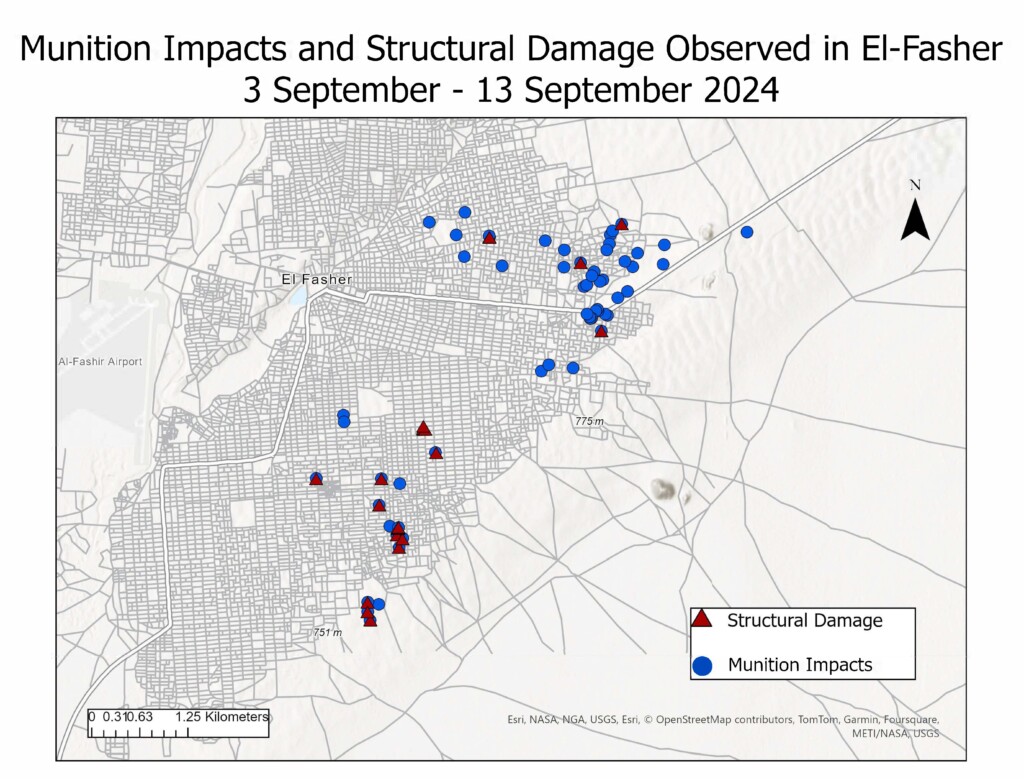
Open-source and other ground reports available to Yale HRL describe a major multidirectional RSF attack from the northern, eastern, and southern directions on 12 September. 2024. The RSF reportedly is moving through the southern and northern sides of El Fasher, but Yale HRL says it cannot visually confirm these reports in satellite imagery. “SAF force activity is consistent with the probable presence of an adversary force from at least the southern and eastern directions within the timespan covered in this report.”
‘The repeated targeting of healthcare facilities in El Fasher has greatly impacted the ability of vulnerable populations to access healthcare services…’
Similar force activity has been observed in the northern direction over the past several weeks, however, Yale HRL says that “specific details are being withheld for human security reasons”.
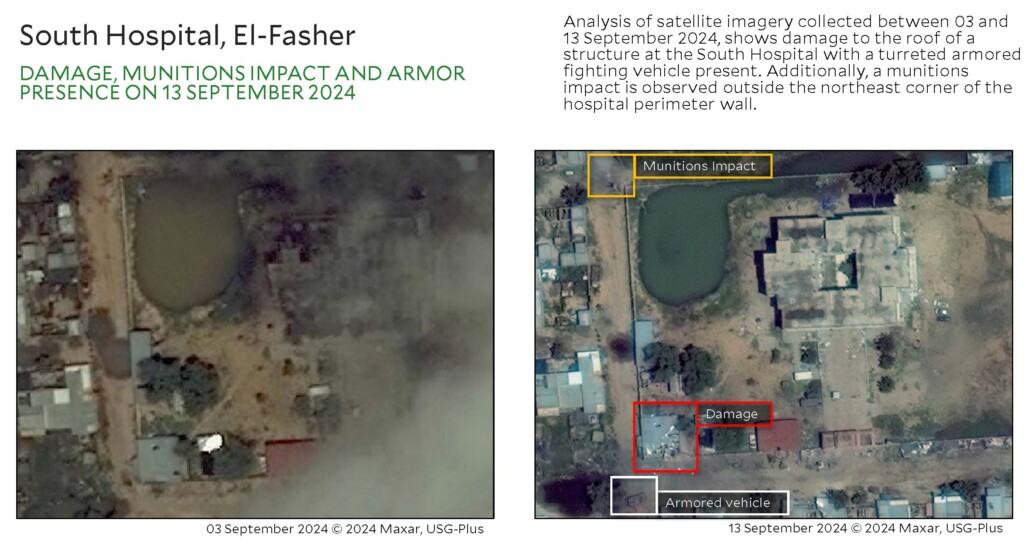
Healthcare services
Analysis of satellite imagery collected between 03 and 13 September 2024, shows damage to the roof of a structure at the South Hospital with a turreted armoured fighting vehicle present. Additionally, a munitions impact is observed outside the northeast corner of the hospital perimeter wall. Yale HRL assesses based on multimedia content that RSF was stationed at the South Hospital on or around 12 September 2024. According to Médecins Sans Frontières (MSF), the South Hospital has been completely out of service after being stormed and looted by the RSF on June 8. The repeated targeting of healthcare facilities in El Fasher has greatly impacted the ability of vulnerable populations to access healthcare services, the Yale HRL laments.
‘In this new phase of combat operations, El Fasher has become a free-fire zone for both RSF and SAF forces…’
“This high-tempo, intense combat activity represents a new stage of the conflict in El Fasher. In this new phase of combat operations, El Fasher has become a free-fire zone for both RSF and SAF forces between RSF artillery, SAF air and artillery strikes, and SAF helicopter gunship activity. El Fasher is likely to experience increased airstrikes and aerial bombardment. With the end of the rainy season, airstrikes become more frequent, and the roads are open for vehicle traffic.”
HRL reiterates its previous warning that “if RSF fully captures El Fasher, it is highly likely that RSF forces will engage in an attack on Zamzam given the presence of armed actors there. Regardless of the outcome of the battle for El Fasher, current levels of high-tempo combat activity are likely to effectively reduce what is left of El Fasher to rubble”.
Limitations
In conclusion, Yale HRL points out that “there are significant limitations to the data fusion methodology. The information environment in Sudan does not have the breadth of data available in other locations and there is likely a significant reporting bias for those who provide open source reporting.” The authors also underscore that “satellite imagery analysis is limited by available imagery over time and space. Available nadir angles of satellite imagery can produce challenges to assess structural damage, until multiple angles and ground-level photographic and video materials emerge to help inform the analysis.”







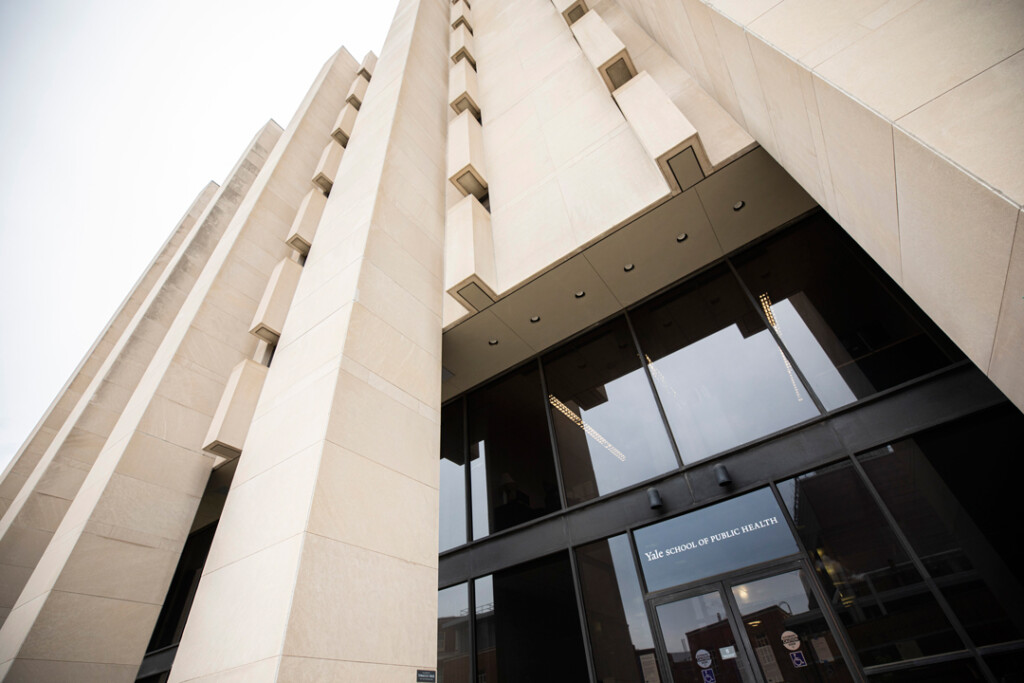
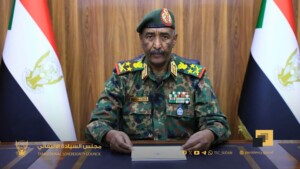
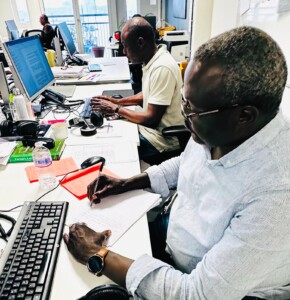


 and then
and then